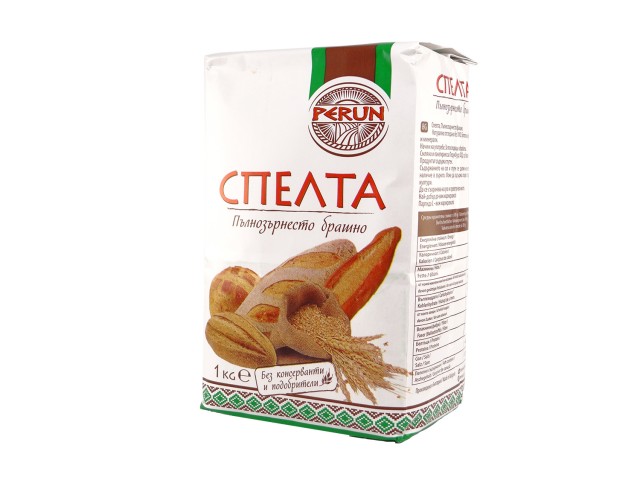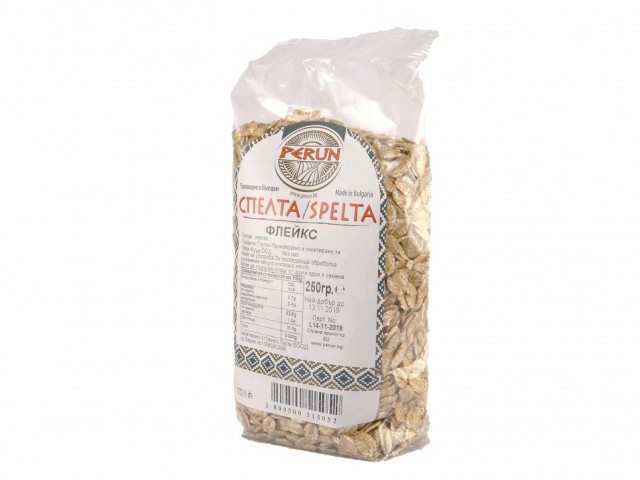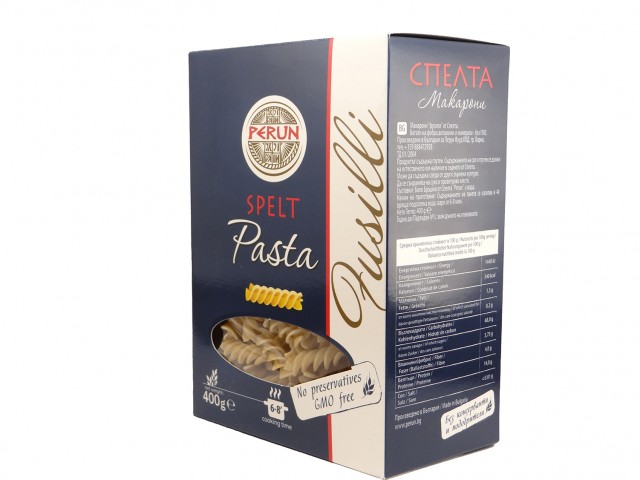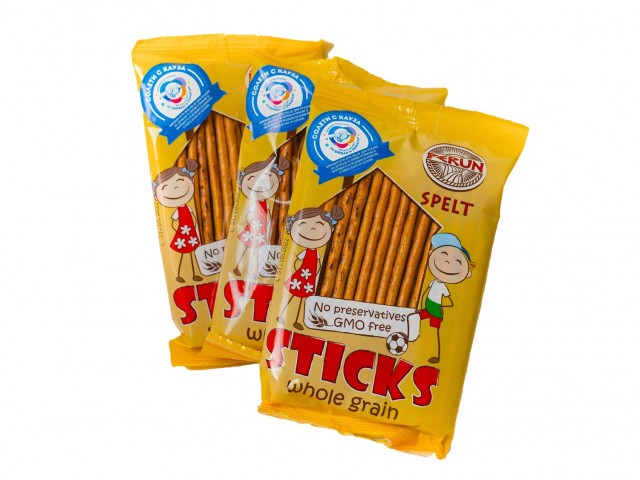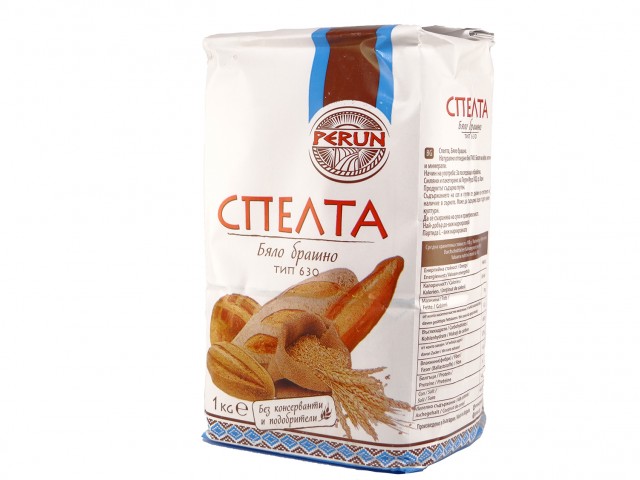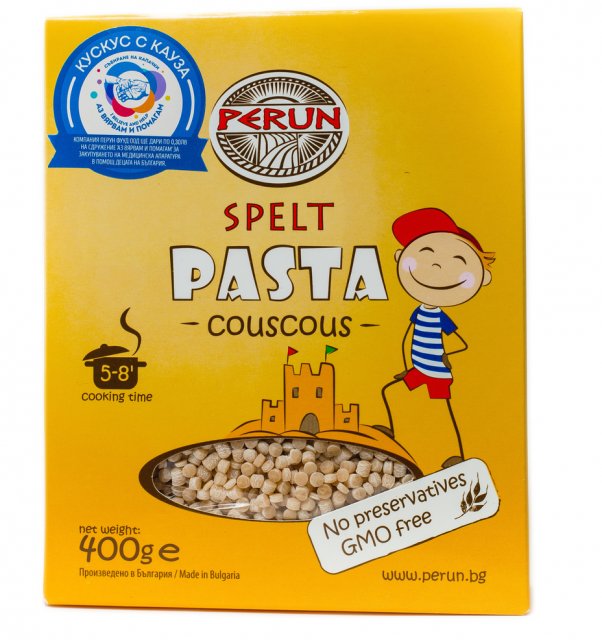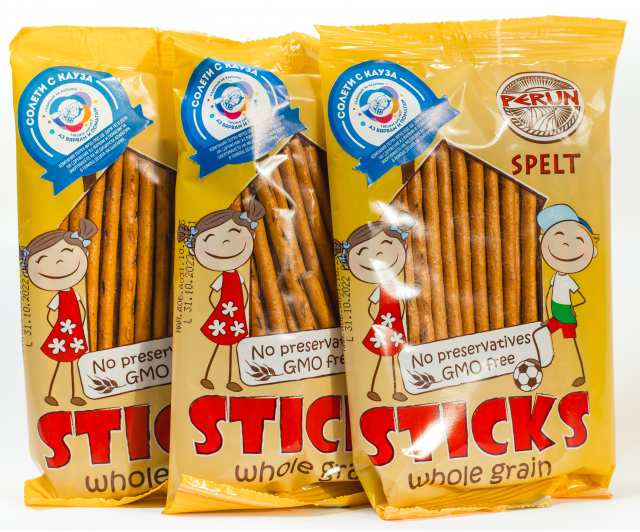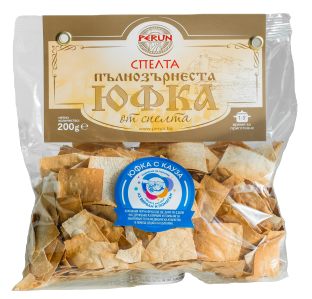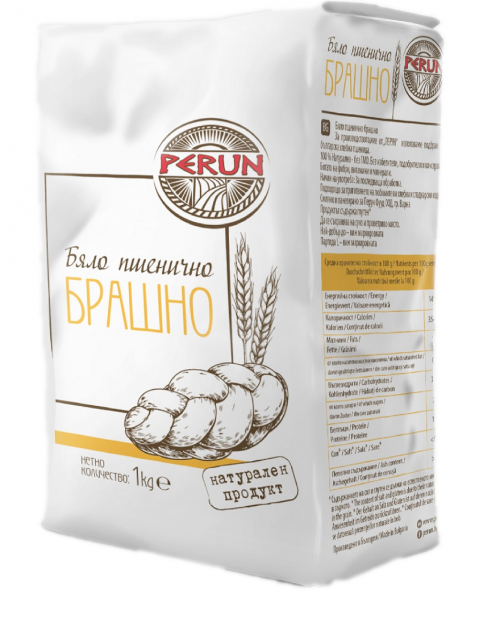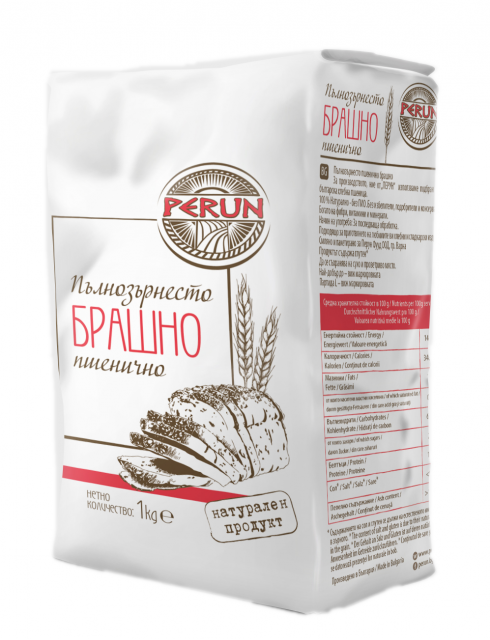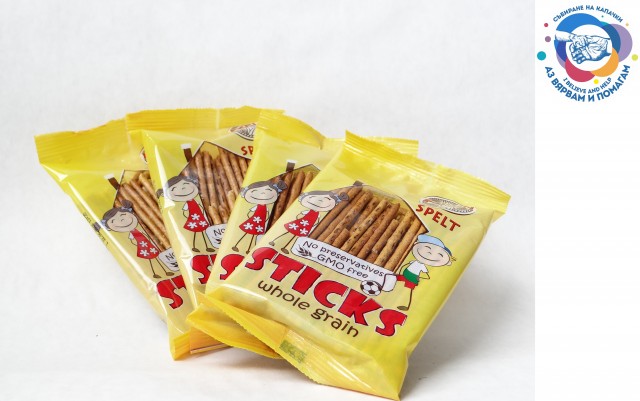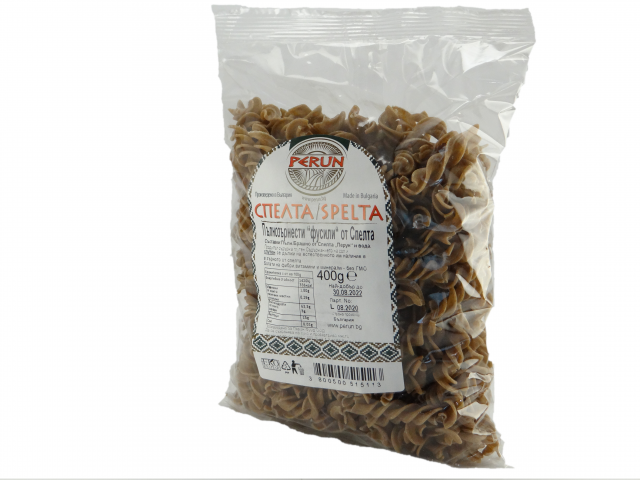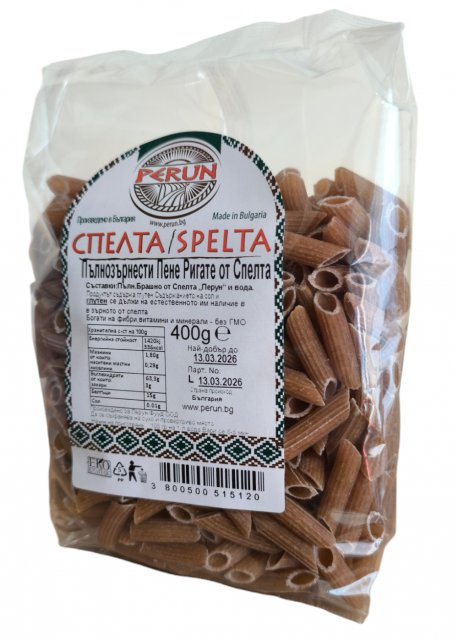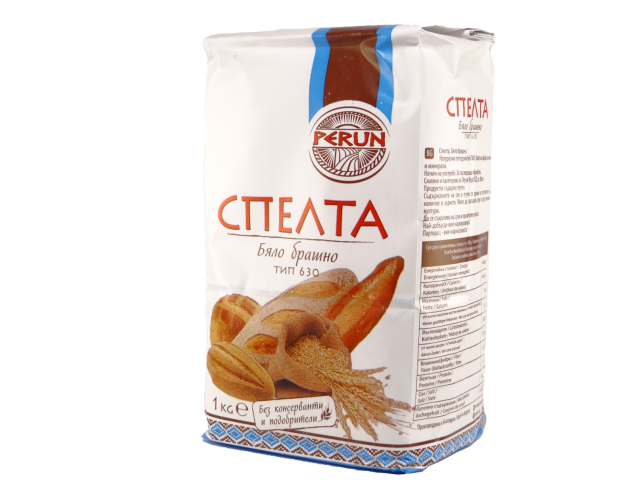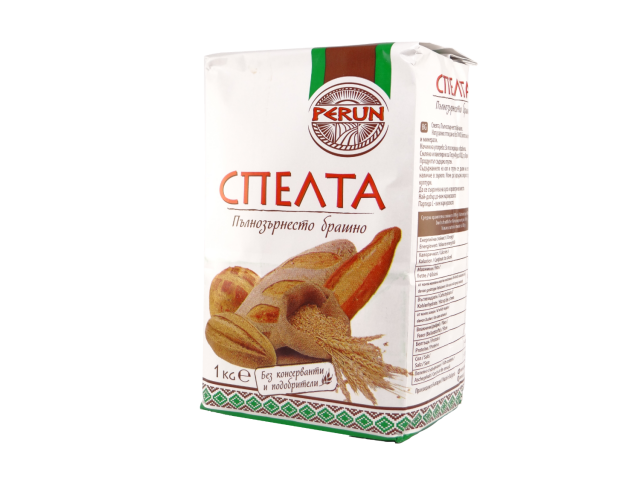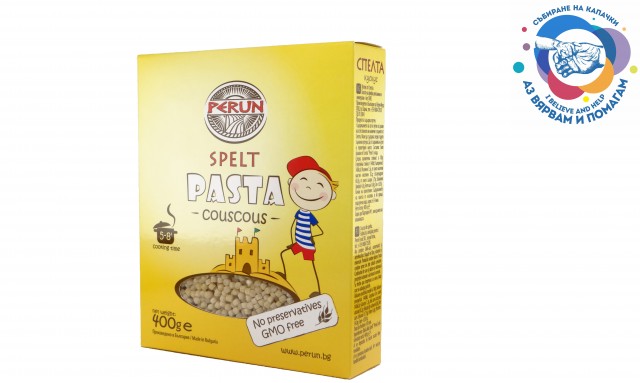What is spelt?
Spelt (Triticum spelta), also known as dinkel is one of the most ancient crops cultivated by man. It was a common source of food in the Middle East and Europe starting from the Bronze age up to Medieval times. In the southern Caucasus spelt fossils have been found dating from five thousand years BC. In modern times, it has been forgotten and entirely replaced with what we now call “regular wheat”, which can be mass produced more easily with the help of pesticides, fertilizers and genetic modifications..
Why spelt is healthy:
- Spelt contains more protein than regular wheat.
- It contains large amounts of fiber, which leads to lower cholesterol levels.
- The particularly hard and thick husks of the spelt plant greatly contribute to preserving its nutritional values, while shielding it from external contamination.
- The crop has especially high levels of vitamins A, E, B1, B2 and niacin, which contribute to better functioning of the nervous system and benefits to skin health.
- Spelt has a balanced gluten content and is known to be more tolerable even for people with gluten allergies. The unique protein matrix in the plant makes its protein better soluble in water than other wheat crops and is hence more easily absorbed by the body



